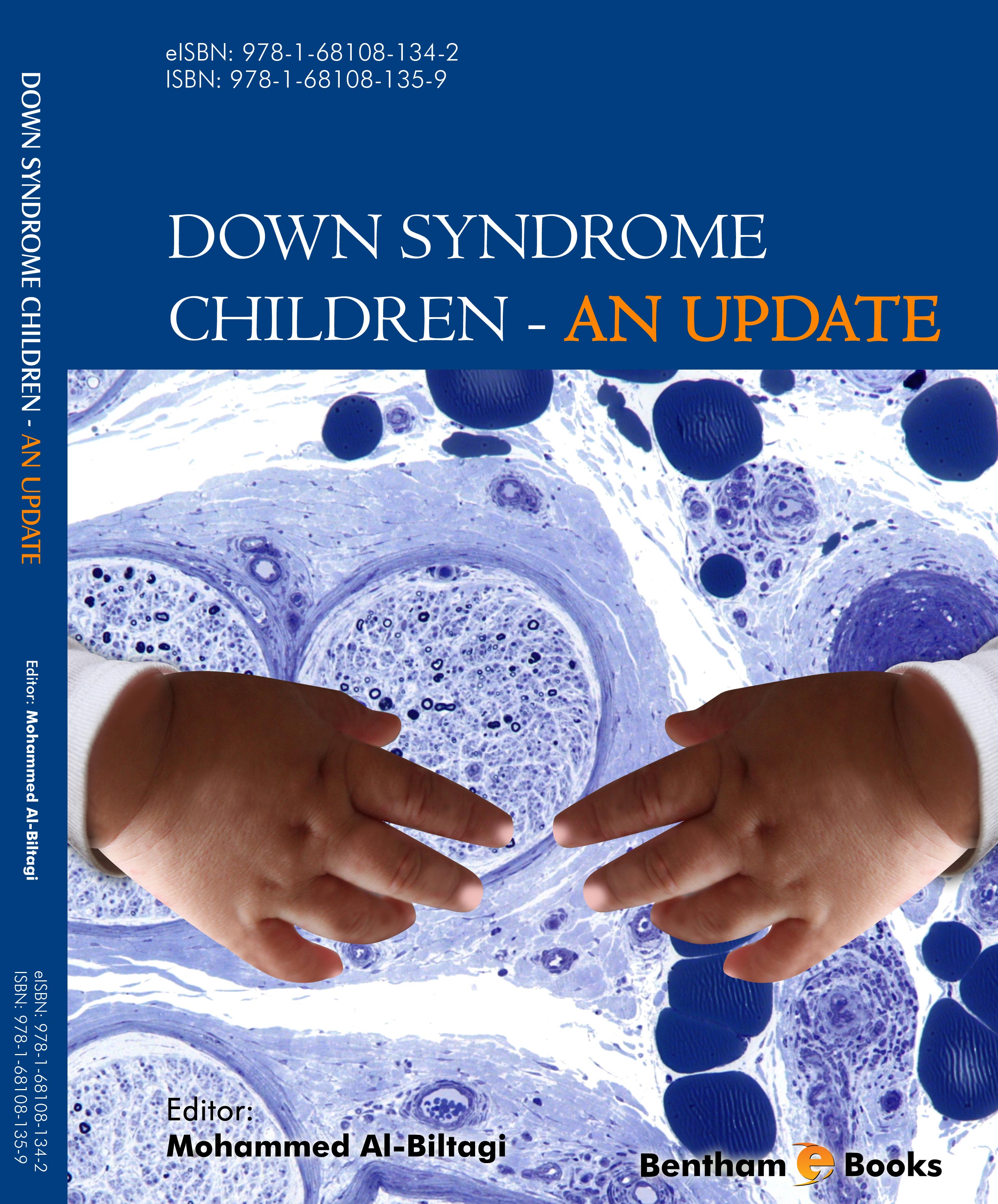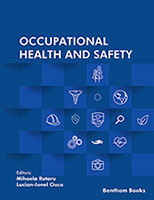Foreword
English physician John Langdon Down was among the first to describe the disorder now
called Down syndrome (DS) about 150 years ago. In 1959, Dr. Jerome Lejeune, a French
scientist, reported that Down syndrome results from presence of an extra copy of human
chromosome 21. Now we know that Down syndrome is the most common live-compatible
human chromosomal abnormality, occurring in 1 in 700-800 newborns. Latest studies have
shown that pregnancy termination rates following prenatal diagnoses have decreased the
incidence of DS in recent years in some population groups, which may reflect advances in
medical interventions for people with Down syndrome and progresses in educational and
social support for their families. These advances have also significantly extended the life
expectancy for people with Down syndrome. Therefore, Down syndrome will continue to
affect a significant size of our population and thus remain as a major public health challenge
in the future.
Due to the impacts of presence of an additional copy of the whole chromosome 21,
individuals with Down syndrome exhibited a constellation of developmental abnormalities
affecting many organ systems. Congenital heart defects, including atrioventricular defects, are
discovered in about 50% of kids with Down syndrome. Meanwhile; about 10% of children
with Down syndrome develop transient myeloproliferative disorder, and approximately 30%
of these patients develop acute megakaryoblastic leukemia, which equates to just about 500-
fold greater risk of having acute megakaryoblastic leukemia. Human trisomy 21 is the most
frequent genetic cause for developmental cognitive disabilities. The brains of individuals with
DS over the age of 40 show the neuropathological changes of Alzheimer’s disease.
The landmark discovery of human trisomy 21 as the chromosomal basis for Down syndrome
has also positioned this disorder as the most complex human genetic disease compatible with
postnatal survival. As a result, progress in Down syndrome research has been slow until
1990s when development of mouse models of Down syndrome, particularly Ts65Dn, enabled
scientists to explore the disorder at the molecular, cellular, physiological and organismal
levels. The convergence of recent advances in mammalian genome sequencing and
chromosome engineering technology has opened up an unprecedented opportunity for
unraveling the mechanisms underlying abnormal phenotypes in Down syndrome by
generating and analyzing new mouse mutants with precise duplications and deletions of
human chromosome 21 orthologous regions. Amidst these remarkable advances related to
Down syndrome research, the publication of the e-book “Down syndrome children – an
update” edited by Dr. Mohammed Al-Biltagi is welcome news, which will provide the latest
information on medically important areas associated with Down syndrome, including the prevalence, genetics, infection in children with Down syndrome, cardiac, skeletal and dental
abnormalities, biochemical, respiratory, gastrointestinal and psychological changes, neonatal,
neurological, hematological problems, as well as problems with anesthesia. Such a timely
update will surely benefit all of us who care so much about
Y. Eugene Yu
The Children’s Guild Foundation Down Syndrome Research Program
Genetics Program and Department of Cancer Genetics
Roswell Park Cancer Institute, USA





